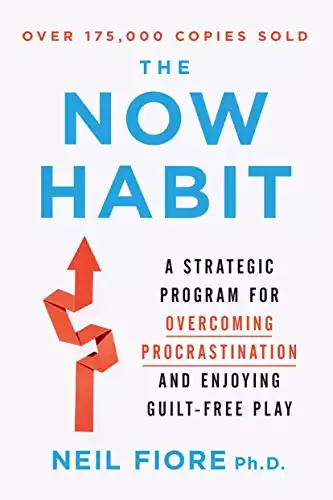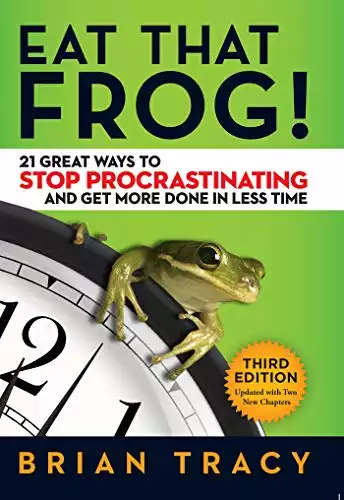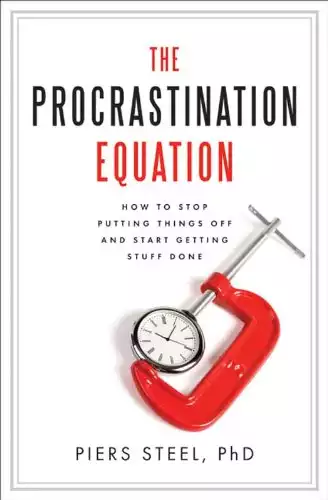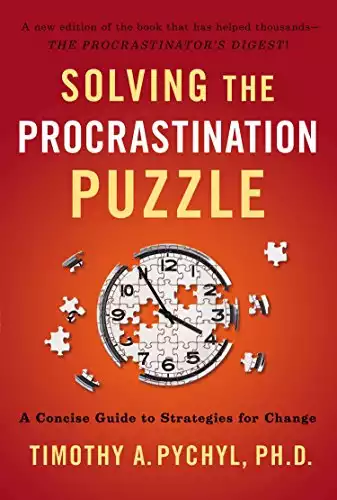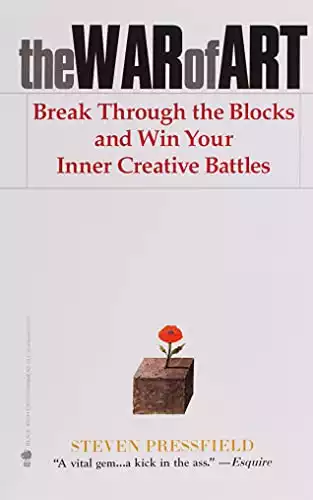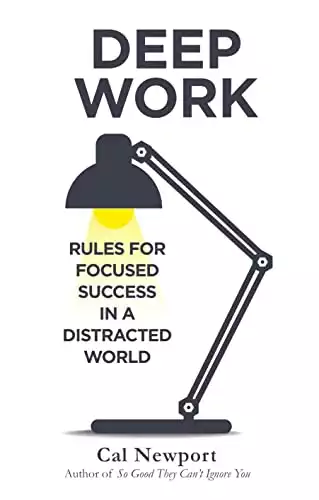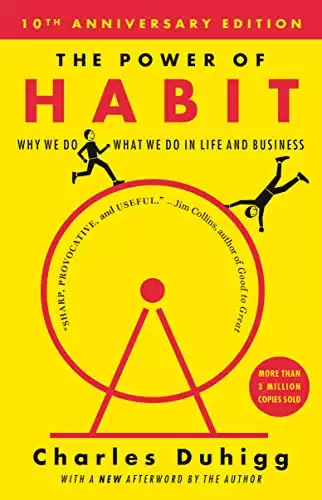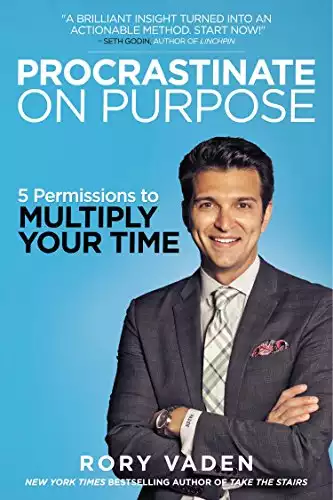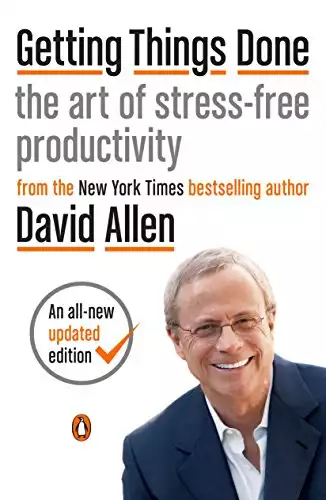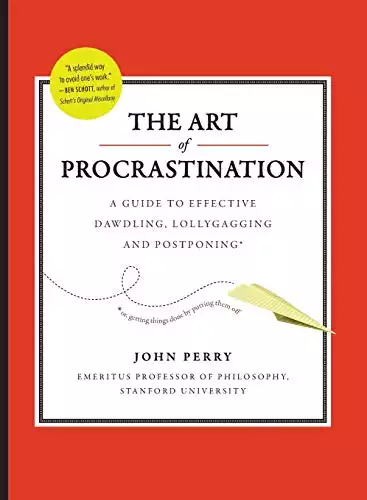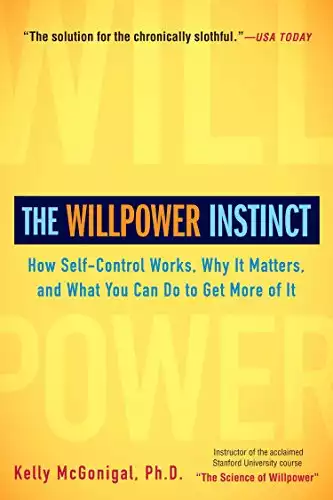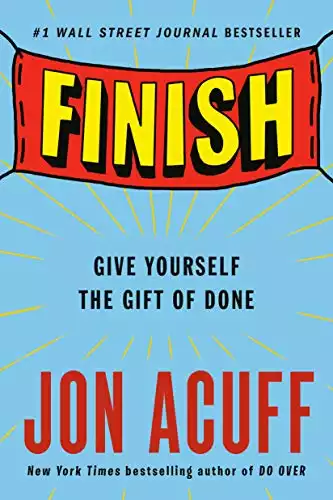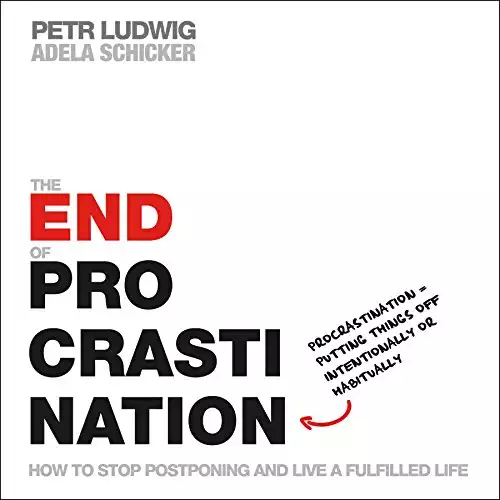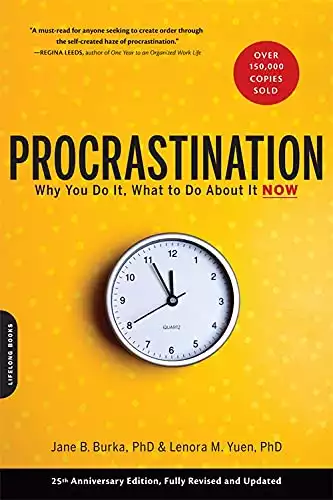Ever found yourself trying to work, but your mind is all over the place? Maybe you’re battling with the upcoming presentation or dwelling on a misstep in a recent meeting, and these thoughts are just eating away at your productivity. Or perhaps you’re lying in bed, eyes wide open, desperately wanting to sleep, but the hectic thoughts just won’t let you?
If you’re nodding along, you’re not alone. In fact, about 50% of our daily thoughts, according to a study, don’t even relate to what we’re currently doing.[1]
So, what exactly are these distracting thoughts? Dr. Patrick Keelan, a Calgary and Cochrane psychologist, puts it simply:[2]
“These thoughts may be about worries regarding some upcoming event or challenge or could involve ruminating over some event or interaction which recently occurred.”
They can manifest as negative thoughts, unexpected impulses, or random daydreaming sessions which are also known as internal distractions, that pull us away from our current tasks.
How can we declutter our minds and quickly get rid of these distracting thoughts? How can we be more present and focus on what we plan to do?
Before we get to that, it’s crucial to understand why we keep having these distracting thoughts in the first place.
Why Do I Keep Getting Distracted by My Thoughts?
In essence, we’re designed to have distracting thoughts. It’s not just a weird quirk you or I have; it’s a human thing.
Psychologists Matthew Killingsworth and Daniel Gilbert discovered this through their research.[3] They studied the habits of 2,250 adults and concluded that humans spend about 47 percent of waking hours with their minds off in another world. This phenomenon is known as “mind wandering” or “stimulus-independent thought.” It’s a part of our daily life so commonplace in our existence that we often don’t even realize it’s happening.
You can liken it to the constant hum of a refrigerator or the regular tick-tock of a clock – it’s always there, but we only really notice it when it’s particularly loud, or when it suddenly stops.
Adding to this, studies have found that we don’t actually have long attention spans. Human attention span has decreased from 12 to 8 seconds in less than two decades due to the digitized lifestyle, according to a 2015 Microsoft Corp. research.[4]
Our focus flickers like a candle in the wind, easily swayed by the slightest breeze. It’s this short attention span that makes us vulnerable to distractions, including those pesky, intrusive thoughts that seem to come out of nowhere.
How to Get Rid of Distracting Thoughts Fast
So yes, our brains are naturally set up to wander and our attention spans aren’t as solid as we might hope. But no, you don’t have to let your distracting thoughts eat you up.
Here’re the steps you can take to get rid of distracting thoughts:
1. Don’t Try To Not Think About the Distracting Thoughts
Contrary to what you might think, trying to push those thoughts away won’t work. It’s like when someone tells you not to think about a white elephant and the first thing that pops into your mind is a white elephant.
This is because your mind doesn’t process negatives well. When you tell it not to do something, it tends to focus on that very thing you’re trying to avoid.
This interesting brain quirk is known as ‘thought suppression.'[5] It’s been proven time and again in research studies, where participants are told they can think about anything for a short time, except for one particular thing – a white bear. Almost invariably, the result is that the participants can’t help but think about that white bear.
So, trying to banish distracting thoughts only ends up making you think about them more.
2. Park Your Thoughts
Imagine your brain is a bustling parking lot. When an intrusive thought arrives, instead of letting it block the traffic, causing chaos and confusion, you give it a parking space.
In practice, you can do it by jotting down a note on a piece of paper and putting it aside until later. This technique, often used by athletes to cope with intrusive thoughts during performance, allows you to deal with the distracting thought when you’re ready and not at its own insistence.[6]
The idea behind “parking” your thoughts is not to ignore or suppress them, but to schedule a time later in the day to deal with them. It’s about setting boundaries with your thoughts and telling them, “I’ll get to you, but not right now.”
If you commit to addressing these thoughts at a specified later time, you’ll find they become less distracting. Why? Because they know they’ll get their time in the spotlight, just not immediately.
It might sound strange to think that your thoughts can ‘know’ anything, but remember, your thoughts are part of you. And just like a child nagging for attention, your thoughts will keep intruding if they feel ignored.
By telling your thoughts, “I’ll deal with you later,” you’re acknowledging their presence without allowing them to hijack your current task or activity.
Instead of trying to fight off those distracting thoughts, give them a parking ticket, and tell them you’ll deal with them at a designated time.
3. Schedule a Time to Deal with These Thoughts
The third step revolves around setting a specific time to address these parked thoughts. You’ve acknowledged them, you’ve parked them, and now it’s time to deal with them.
During this dedicated ‘thought-processing’ time, engage in a sort of dialogue with your thoughts.
Reflect on each one and consider:
Can you take any action about it?
Is there something you can do in the short or long term? Identify these actions and plan them into your schedule.
For example, if you’re worried about an upcoming presentation, could you spend some time now to start preparing? Or if it’s a longer-term issue like learning a new skill for work, can you look up some online courses or books to get started?
Are these thoughts worries about something uncertain?
Are you fretting over a ‘what if’ scenario that may or may not happen? If so, perhaps all you need is a backup plan.
For instance, if you’re worried about rain ruining your outdoor event, could you identify an indoor venue as a Plan B? Remember, you can only control what’s in your control.
What if there’s nothing you can do about the thought? Maybe it’s about something in the past, or an event far in the future. If you find yourself in this situation, take the next step.
4. Practice Mindfulness
The thoughts that we can’t park or schedule can stick around, making us feel uncomfortable or anxious. What do we do with these? We practice mindfulness, which has been proved to successfully reduce mind wandering.[7]
Instead of fighting these thoughts, we sit with them, embrace them, and let them be. It’s a bit like sitting on the riverbank and watching the water flow by, observing each thought as it comes and goes.
Here’s a simple way to do this:
- Close your eyes and take slow, deep breaths.
- As you breathe, start naming the thoughts in your head. It might be something like, “worry about tomorrow’s meeting” or “regret about that argument.”
- Acknowledge each thought as it appears, then let it pass by, much like leaves floating down a stream.
Remember, the goal isn’t to clear your mind or resist thinking about these thoughts. It’s about observing them without judgment, recognizing their presence but not letting them control you.
In my own experience, this practice has been immensely helpful. It brings a sense of calm and tranquility, even amidst the storm of thoughts.
It’s also a great way to help me fall asleep at night. Instead of wrestling with the thoughts, I’m giving them space, and in doing so, I allow myself to relax and drift off to sleep.
Final Thoughts
Distracting thoughts can sometimes feel like unwelcome intruders, but rather than trying to silence or ignore these thoughts, we should embrace them. They’re opportunities for us to engage, reflect, and learn.
This is why when a distracting thought floats into your mind, you shouldn’t push it away or get carried away by it. Instead, acknowledge it, park it, and when the time is right, deal with it. And if there’s nothing to be done about it, simply sit with it and let it pass.
It’s not about achieving a thought-free state of bliss, but about finding a balanced and healthier relationship with our thoughts.
Reference
| [1] | ^ | Matthew A Killingsworth, Daniel T Gilbert: A wandering mind is an unhappy mind |
| [2] | ^ | Dr. Patrick Keelan: Dealing with distracting thoughts: A good way and a bad way |
| [3] | ^ | Matthew A Killingsworth, Daniel T Gilbert: A wandering mind is an unhappy mind |
| [4] | ^ | TIME: You Now Have a Shorter Attention Span Than a Goldfish |
| [5] | ^ | Encyclopedia of Applied Psychology: Thought Suppression |
| [6] | ^ | Oxford Reference: Parking Thoughts |
| [7] | ^ | Association for Psychological Science Journal: Mindfulness Training Improves Working Memory Capacity and GRE Performance While Reducing Mind Wandering |
The post How to Get Rid of Distracting Thoughts Fast appeared first on Lifehack.
